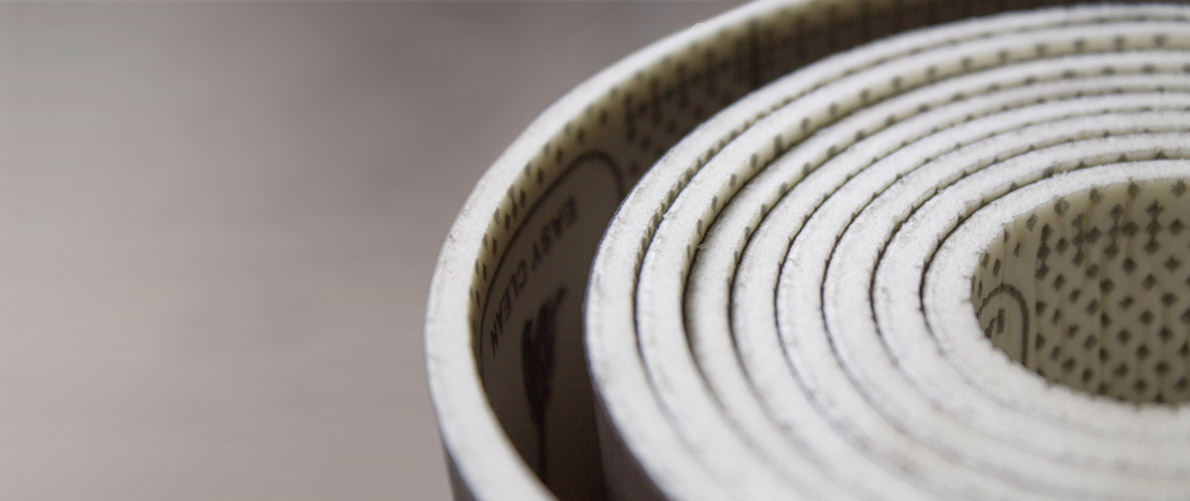Deep-dive into chemistry of Linoleum

Joining forces for circularity
Spark904 has teamed up with Forbo and the research group of Prof. Dr. Bas de Bruin (UvA) to investigate the formation of linoleum. Linoleum (or lino in short) is a durable floor covering produced mostly from natural materials. Since its invention in the 1860s, the flooring material was very popular until first half of the 20th century. Lino lost popularity with the invention of other cheap flooring materials like vinyl, but is currently experiencing re-evaluation with the search for greener building materials. Linoleum has an average lifespan of 25-40 years and is relatively low-maintenance. After disposal, linoleum can be either composted due to its natural components or burnt. The burning delivers roughly the same amount of energy that was consumed in the fabrication of the linoleum, making it a closed-loop system.
Bio-based materials have complex chemistry
To produce linoleum flaxseed oil (linseed oil) is used, a mixture of triglycerides that can vary in composition, with α-linolenic acid being the most prominent fatty acid. The oil is mixed with rosin (the solid fraction of resin) in large boilers at high temperatures and pressures to create linoleum cement. Subsequently, wood flour, limestone and pigments are added. The mixture is then shredded into granules and pressed into sheets. The sheets meet up with rolls of jute and are calendared into wet sheets of linoleum. After a period of drying, a finish is applied and the product is ready to be sold.
Chemical understanding is a must to modify properties
To achieve different physical properties (e.g. high elasticity for gym floor lino) the chemical nature of the manufacturing process needs to be well controlled and understood. However, the complex nature of the linseed oil and the rosin along with harsh reaction conditions create a black-box environment. Spark904 and the UvA are investigating the formation of linoleum cement by in-depth chemical analysis of the ingredients and reaction products. The goal is to uncover the chemical composition of linoleum and provide a deeper understanding of what makes this nature-derived product so suitable for flooring applications.
Let's
talk.
Together with you, we
make sure that we find
the answers.
Call us on +31 6 27080833
or use the form.

